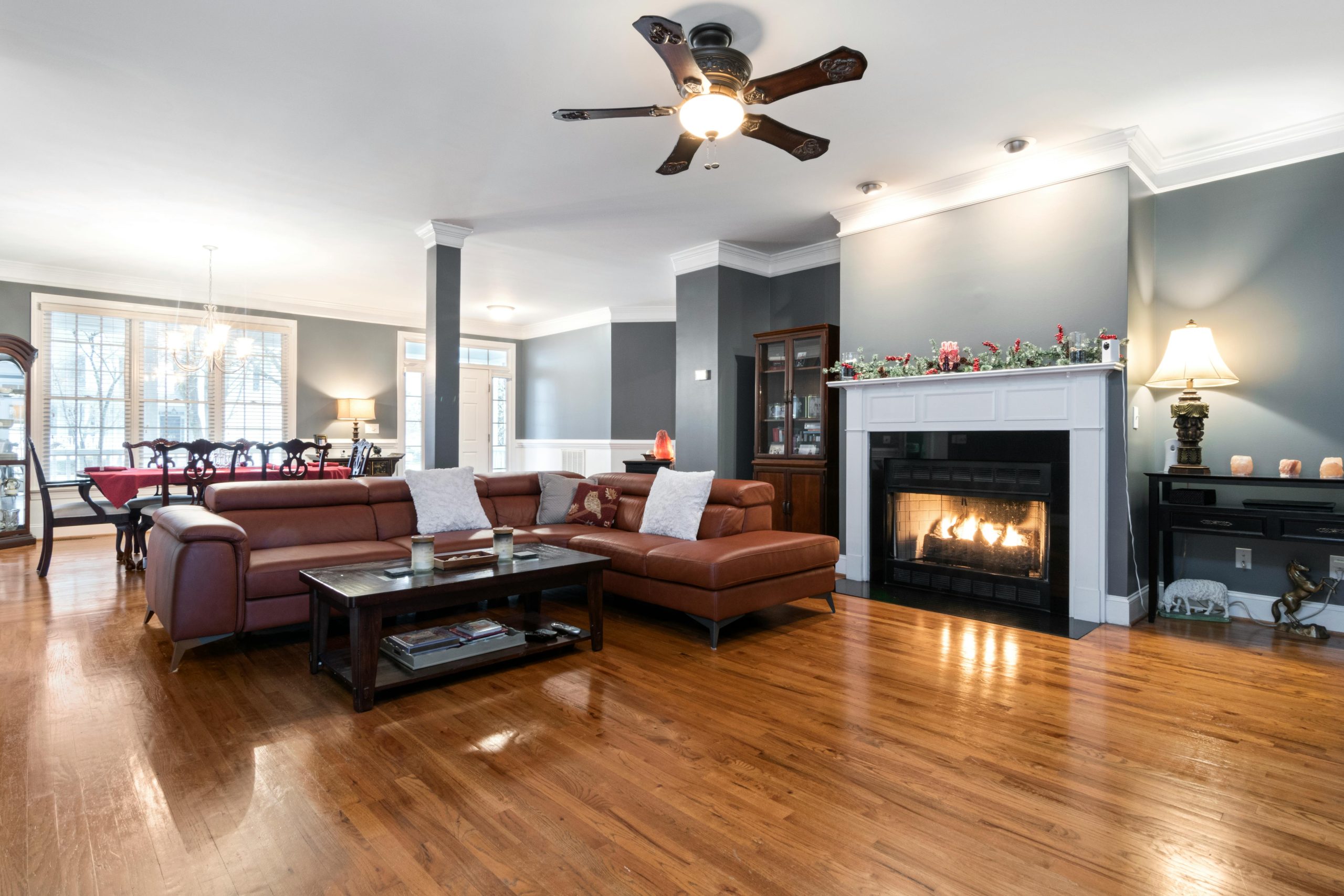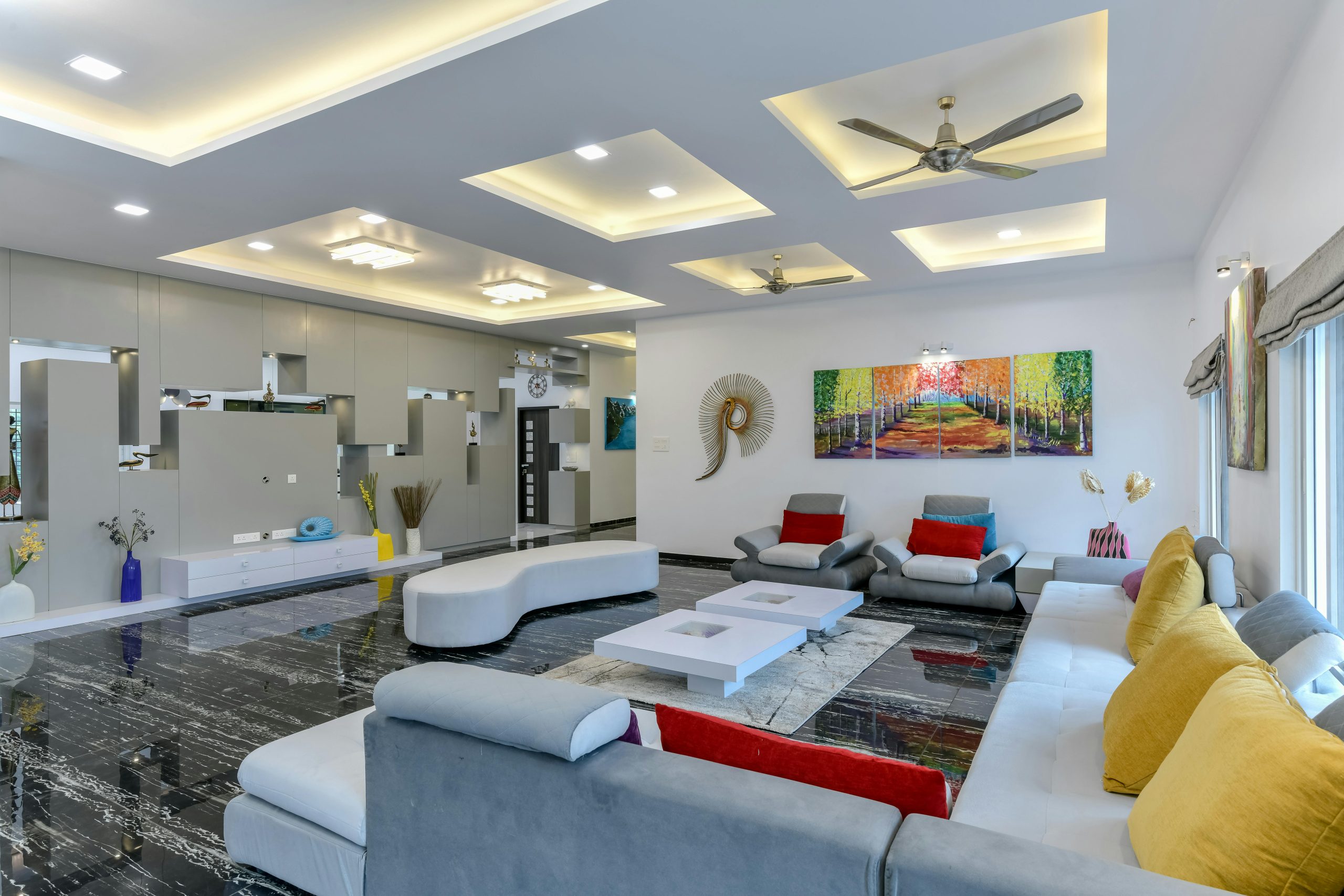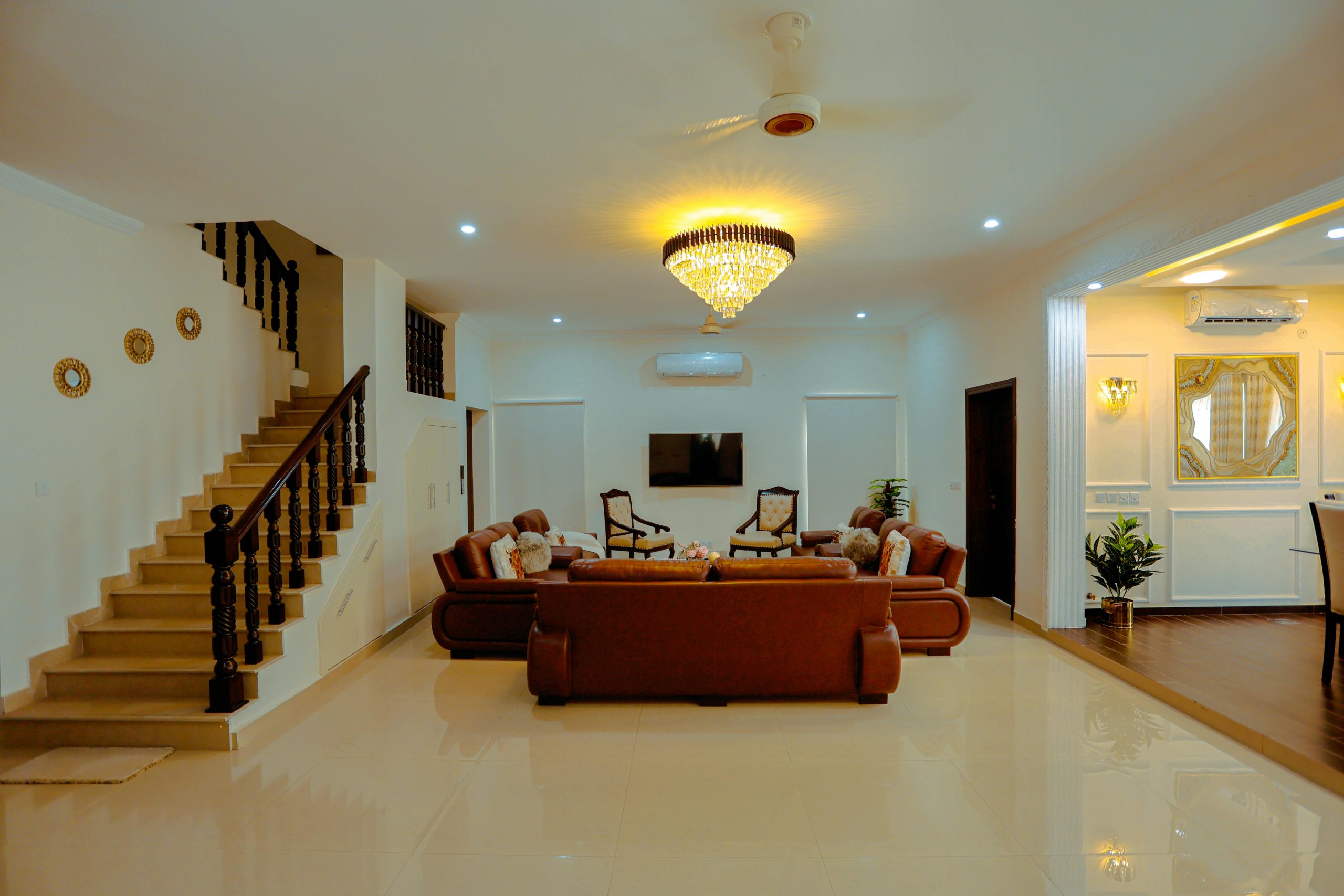Role of Signage in Interiors
Whether you own an office, shop, factory, retail store, hotel or any other kind of commercial establishment, signage plays an important role. When someone sets foot into your premises, you want it to be as welcoming as possible. Décor, layout and the overall ambience plays a crucial role. A common mistake most commercial establishment owners make is that they pay too much emphasis on interior design and end up neglecting wayfinding signage. The term “signage” is self-explanatory. With the right signs, guests can identify where they are currently and how to get where they want to.
Signage also helps customers connect with a brand’s unique personality and influence the way they perceive an organisation. Incorporating signage should no longer be an afterthought, in fact it is an integral part of the design journey. Back in the day, signage would be incorporated after the entire design was completed. However, today, it’s viewed as a canvas for communication. The aesthetic of the signage plays an important role in adding a unique touch to the space.
Types of Signage
Signage isn’t a one-size-fits-all deal. It’s a lot more than that. Let’s look at the different types of signage used in a commercial establishment:
Regulatory Signs
As the name implies, a regulatory sign requires the person to take a specific action. Regulatory signs also regulate general public behaviour. Regulatory signs are not just restricted to highways and streets. They also have a massive use-case in commercial buildings. Consider the following when you’re designing a regulatory sign:
- Colour: Regulatory signs must play their part well. The words/characters must have a high contrast with the background colour. For example, if the characters are very dark, the background should be light. It should not blend in. Instead, it must stand out.
- Font: The type typically used for regulatory signs is Sans Serif. We recommend you check if there are any regulatory laws in that area with regard to signages. Always remember, when you’re designing a sign for a permanent room, it should always be uppercase letters.
- Placement: Sign positioning should be done depending on the type of door. It should be closest to where someone would reach to open the door.
Wayfinding Signs
Next up, we have wayfinding signs. As the name implies, such signs get a person from point A to point B. The main purpose of signage is to actually help communicate directions. Studies suggest that visitors are more likely to return to a space if they’re well-oriented and connect to the brand’s environment. For this reason, make sure your wayfinding sign adheres to the following:
- Colour Coding: People tend to remember colour better than a name or icon. You can use different colours to distinguish between different floors in a building. Make sure you also incorporate these colours in your visual cues. Symbols, maps and directions create an organised environment.
- Interchangeable Content: For permanent rooms, the content usually never changes. However, in certain commercial establishments such as hospitals, the use of a space varies. For this reason, it’s always better to install signage for which the content can be changed anytime.
Decorative Interior Signs
In recent years, decorative signage is something that has really caught up as a trend. Restaurants and bars are capitalising on this trend heavily. Neon signs and decorative lighting are being used in the interiors to direct customers to different areas of a store. Even a lot of homeowners are incorporating neon signs in their residential space. This not just creates a quirky look but also gives them a chance to showcase their personality. The design options for interior, decorative signs are endless. Here’s how brands can use decorative interior signs in their space:
- Wall-mounted Letters: Even though these letters are inside, they can still be illuminated and given an eye-catching look.
- Flat Cutout Letters: These decorative signs are pin-mounted to a wall. The letters or logo can be made in aluminium or acrylic. There are a vast number of finishing options.
Beyond Utility: Signage in Interior Design
Though the primary purpose of interior signage is to provide direction and information to a visitor, the design and placement surely impacts aesthetic appeal. A lot of people start planning their signage after the interior design is fully completed. However, signage should be a part of the discussion from the beginning. When it blends into the architecture, it not just complements the design but also acts as a focal point thereby creating a visual element. If you’re someone who has a knack for designing and organising a space, you should pursue a BSc in Interior Design course. You will learn how to break the visual monotony of a space to create a modern, sleek look.




